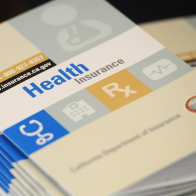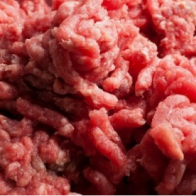
Twenty-two miles into a marathon last year, Fauja Singh “hit the wall” and ended up taking more than eight hours to reach the finish line—but he still set an amazing record, as the world’s oldest marathon runner, at age 100.
What’s more, he even beat five other, much younger competitors.
Also known as “bonking,” hitting the wall is a sudden, extreme muscle fatigue during endurance sports like long-distance running. You feel like your legs have suddenly turned to lead and you’re slogging through sand. About 40 percent of marathoners experience this dreaded moment when their bodies run out of gas (glycogen from carbs) and start burning fat, a less efficient fuel.
Running has many health benefits, including reduced risk of heart attack and stroke, but it can also take a toll on your body. Injuries sideline about 50 percent of runners each year, according a new study published in Current Sports Medicine Reports.
Common culprits include shin splints, Achilles tendonitis, pulled hamstring or calf muscles, and cartilage damage (runner’s knee), as well as these surprising or even bizarre conditions:
Dead Butt Syndrome
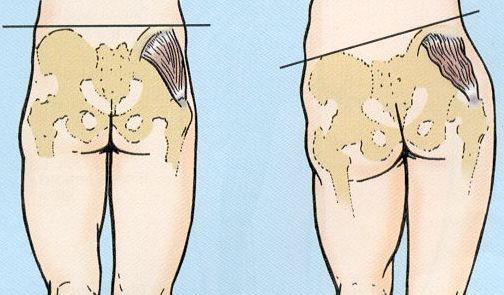
Medically called gluteus medius tendinosis — an inflammation of the tendons in the gluteus medius, one of three large muscles that make up the butt. It’s a very isolated and painful injury. Symptoms typically include stabbing hip pain during or after running and in some cases, a wobbling gait.
Physicians will want you to engage in gentle stretching exercises, temporarily reducing your mileage. The best prevention is to vary running with other types of exercise, such as swimming, elliptical training, or light aerobic routines.
Snapping Hip

Snapping hip syndrome is characterized by an audible snap or click that occurs in or around the hip. This syndrome is well recognized but poorly understood. Snapping hip syndrome may be due to an external cause or an internal cause.
No treatment is necessary unless you’re experiencing pain, which can often be relieved by icing, reducing mileage, and OTC anti-inflammatory medications like aspirin or ibuprofen, according to the American Academy of Orthopedic Surgeons.
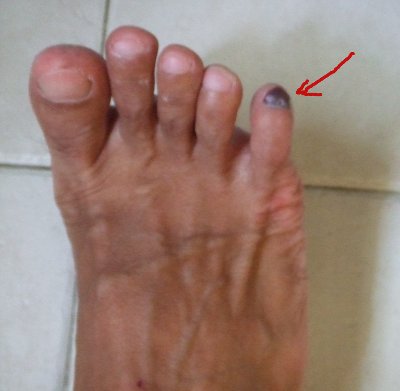
If a toe is under pressure from the shoe or a sock that is too tight or too thick, the sustained pressure, step after step, produces an impact or a friction problem between the toenail and the tissue surrounding it. When the tissue gets damaged, fluid accumulates. The red or black color is the result of a few blood capillaries that become broken in the process. The more fluid that accumulates, the more pain. The extra fluid, colored by some blood, accumulates below the toenail
Consult a doctor if you notice signs of infection, such as redness, swelling and pain that lasts more than a few days.
To prevent this problem, it’s important to wear running shoes that have at least one-half inch of room in the toe box.

When men run, their nipples are constantly rubbing against their shirt. Over the course of a run or race (especially a long one), this sensitive area can be rubbed to the point of bleeding. It most frequently happens when a man runs in a cotton shirt because the rough material rubs the nipples raw. Because women wear tight-fitting sports bras, this shouldn’t be an issue for them.
Opt for underwear made of moisture-wicking synthetics, such as CoolMax. It’s also best to wear snug-fitting running clothing, since loose garments chafe more.
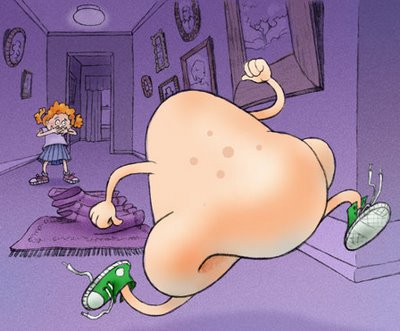
Is it possible to be allergic to running? If your nose runs when you do, you may haveexercise-induced rhinitis, marked by such allergy symptoms as stuffy or runny nose, sinus pain, itchy eyes, wheezing, or hives.
Working out vigorously can be the sole trigger or cold weather or outdoor allergens can also be contributing factors. If symptoms are impairing your athletic performance, your doctor may advise antihistamines.
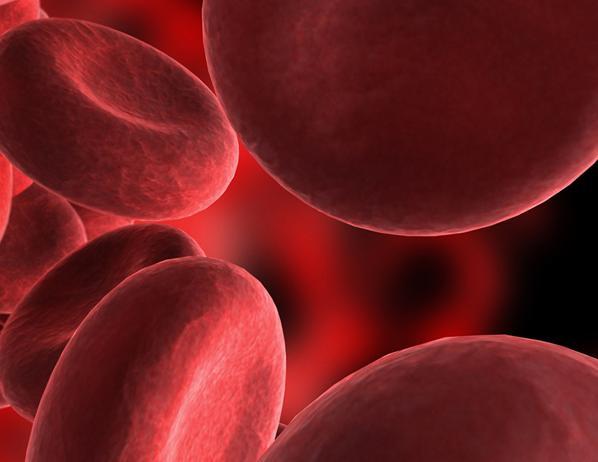
The fact of the matter is that the connection between exercise and iron deficiency anemia, if there is one, is mysterious. Medical scientists do not have it figured out. As a recent review by Australian researchers stated, “Commonly, athletes are diagnosed as iron deficient, however, contrasting evidence exists as to the severity of deficiency and the effect on performance.”
Those most at risk are male endurance athletes, female athletes (monthly blood loss can be a contributing factor), and runners of both sexes. Strenuous running can also cause you to lose iron through sweat. Eating an iron-rich diet helps prevent the problem.
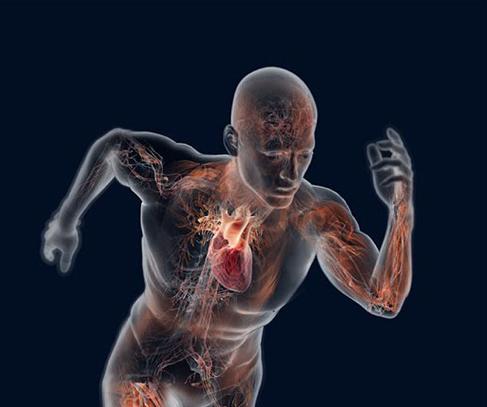
Running can cause your heart rate to double or even triple. That can cause everything from fluttering or skipped beats to pounding in the chest. Most commonly, the problem is heart palpitations, which are often harmless.
Unusual heartbeats, along with chest pain, dizziness, fainting or severe shortness of breath may signal more serious heart conditions, says James F. Benenati, MD, medical director of the non-invasive vascular lab at Baptist Cardiology & Vascular Institute in Miami. Should that happen to you, stop exercising and seek immediate medical care.
